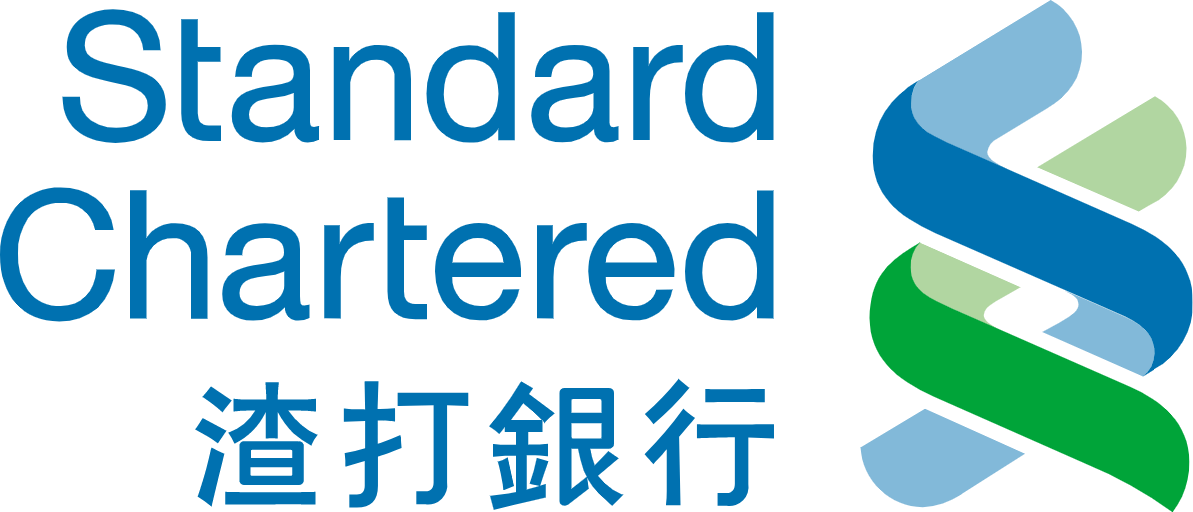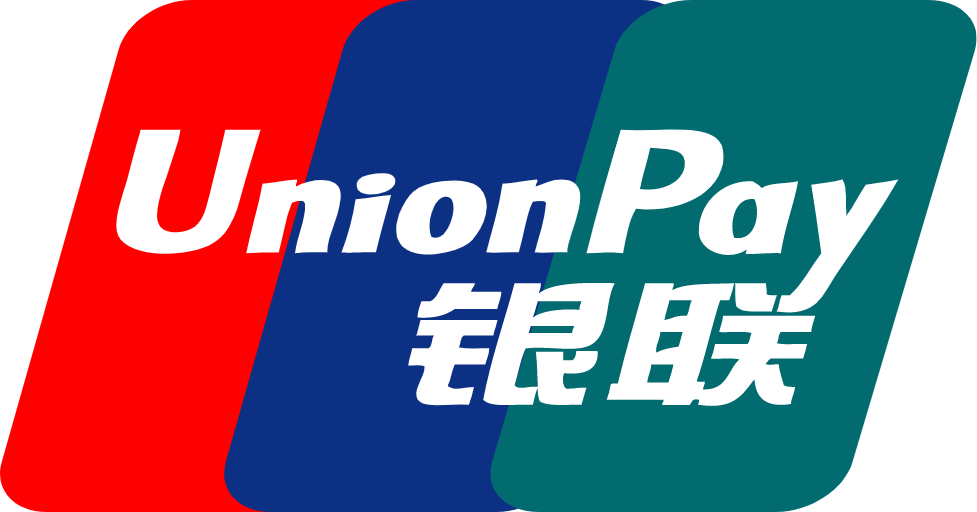Focus on site speed, as pages loading in under 3 seconds retain 53% more users. Regularly update content—blogs refreshed with new data see a 106% traffic boost. Optimize mobile usability; responsive designs improve rankings by 20%. Use targeted keywords and quality backlinks to increase visibility by up to 40%.
Changes in the SERP
Data indicates that websites that fail to adapt to the changing landscape of SERPs stand to lose out massively in terms of traffic, and therefore revenue. For example, Google’s “Core Web Vitals” update, which put page experience first, saw a drop of 24% in the traffic of websites with slow page loading. On the other hand, sites that met these criteria received a 15% increase in traffic.
Ahrefs’ research shows that only 7% of pages manage to rank in the top 10 SERP positions within a year from publication. This underlines the increasing competition for visibility. Content must now be more precise in matching user queries, incorporating structured formats such as FAQs and detailed comparisons. For example, websites that include heavy details about products, such as the weight, dimensions, and price of a product, show 38% more engagement. In one case study, a site including detailed smartphone specs such as battery life (5000mAh), display size (6.7 inches), and price comparisons ($699 vs. $899) improved its ranking position by 4 spots within two months.
Meanwhile, Google Image Search alone makes for 22.6% of the total web traffic in the world. Websites that describe their alt texts, compress images to less than 100 KB, and use formats such as WebP generally rank higher in search results. Indeed, one online travel website has boosted its traffic from image searches by 18% with the use of these features. Moreover, YouTube videos rank high in SERPs, and 82% of users claim video influences their purchase decisions. For example, a home improvement retailer created a 3-minute tutorial video on how to assemble DIY cabinets. This led to 50,000 new visitors coming to their site and increased conversion rates by 12%.

Changes in website technology
Responsive web design has gone from being an afterthought to a standard, as up to 62% of internet users say they won’t use a website if it is not mobile-friendly. The non-responsive design factor is clearly very serious: websites that do not move to optimize for mobile have lost an average of 34% of their potential visitors. Businesses that use responsive design tend to see up to a 20% increase in traffic and a 15% improvement in search engine rankings.
The other major movement in website technology recently has been Progressive Web Apps. Progressive Web Apps take the best of both worlds, the mobile app and the website, offering offline access and faster loading times. According to a report by Statista, the conversion rate of websites with PWAs is 36% higher compared to traditional websites. An e-commerce platform migrated to the PWA framework and witnessed an increase in page loading speed from 8 seconds to 3 seconds, boosting its sales by 27%.
Starting in 2023, the number of sites with HTTPS on Google’s page one reached 95% up from just 50% in 2016. This shift truly does point toward user preferences as, upon finding a site unsafe, a whopping 84% will abandon purchase in any kind of online dealie. SSL certificates have varying prices, from the basic encryption at as low as $20 yearly to advanced multi-domain security priced at $1,000 or more, but they promise a huge return on investment. For example, one small business deployed HTTPS and reduced its cart abandonment rate by 12% while increasing its overall revenue by 8% in just three months.

Check high-traffic keywords
68% of all online experiences start with a search engine, so keyword research really lies at the heart of digital marketing. For example, websites targeting keywords with more than 10,000 monthly searches receive 78% more traffic compared to websites targeting lower-volume terms. A travel blog that specifically targeted keywords like “best destinations in Europe,” receiving 12,000 searches in a month, increased its organic traffic by 35% within six months.
Long-tail keywords, comprising 70% of all web searches, enable the targeting of niche audiences. These usually have lower competition and higher conversion rates, averaging 36% higher than generic terms. For example, an e-commerce website optimized for the long-tail keyword “affordable waterproof hiking boots under $100” with 4,500 monthly searches saw a 23% increase in sales compared to the generic term “hiking boots.”
Data from Google Trends shows keywords such as “holiday gift ideas” increasing 200-300% in November and December, with search terms like “gym membership discounts” spiking the following month. By running its keyword “best gym membership deals for 2024” during that same month, one fitness company recorded a significant 40% rise in traffic and 25% growth in membership sales.

Content length and quality
The average number of words for first-page-ranked pages is 1,447 words. Longer-form content usually works better than shorter ones, mainly because it creates much better value, gives the answer to user queries very accurately, and offers much greater dwell time. An example would be that, following the average length of its articles increased from 800 words to 1,500, the organic traffic on the digital marketing blog improved 37% within six months.
Whereas 55% of users spend less than 15 seconds on a website if it does not offer interesting or useful content, on the other hand, actionable insight pieces of articles with case studies and data-backed points engage an average of 68% more. A perfect example is observed on one health and wellness website: a 45% increase in session duration after incorporating expert interviews and detailed exercises.
According to data from HubSpot, long-form articles generate 77% more backlinks than short-form posts. For instance, a financial advice website publishes 2,000-word guides on topics such as “investment strategies for millennials.” Within a year, it received a 50% increase in backlinks coming from authoritative sites. The better the quality of the content, the more other websites want to link to it as a source, further helping increase domain authority and search visibility.
Site hierarchy
SEMrush research shows that clearly and logically structured sites have a 78% higher chance of better search rankings. For instance, an e-commerce website, which structured categories into a three-level hierarchy of main categories, subcategories, and product pages, saw organic traffic increase by 32% in just three months.
According to Smashing Magazine, breadcrumb navigation implemented on websites reduced bounce rates by an average of 21%. Such was the case with this travel site that had breadcrumb trails like “Home > Europe > Italy > Rome”, making it easier for users to look at other destinations and increasing the page views per session by 25%.
According to data from HubSpot, pages that boast strong internal linking structures are seeing up to 40% more organic traffic. This can be reflected, for example, on a blog featuring connected links to other relevant articles such as “Beginner’s Guide to Investing” and “Top 10 Investment Strategies,” raising the user’s average session duration by 18%.
H label
Studies by Ahrefs reveal that web pages with properly structured header tags feature in the top 10 search results 20% more. For instance, a blog that applied H1 for the title and H2, H3, and H4 for the subheadings increased its organic traffic by as high as 25%, after six months. Thus, the use of header tags will help guide the search engines on how to contextualize the hierarchy of the content for easy indexing and the ranking of pages.
The Nielsen Norman Group reports that 81% of users scan a web page instead of reading. Pages with H2 and H3 descriptive tags see an average of a 15% reduction in bounce rates. For example, an online retailer that reorganized the product descriptions to have clear “Product Specifications,” “Key Benefits,” and “Usage Instructions” headers saw a 22% increase in the length of sessions.
Moz reports that pages with targeted keywords within their H1 and H2 tags rank 15% higher on average compared to those that do not. For example, a health and fitness website could target the keyword phrase “low-impact exercise for seniors” within its H1 and H2 headers and experience up to 30% increases in organic search traffic.
Click rate
According to Backlinko, the average CTR for a first-position ranking in Google’s search results is 31.7%, falling to 24.7% for the second position and 18.6% for the third. For example, one online retailer increased its CTR from 12% to 18% in just three months by optimizing meta descriptions with targeted keywords and compelling calls-to-action; this resulted in a 25% increase in sales.
Not surprisingly, given the volume of over 60% of all web traffic coming in through mobile devices, the mobile-friendly websites witness, on average, a CTR of 21% higher than those un-optimized. For instance, a food chain implemented responsive design to make its website optimized on mobile phones, thereby enhancing their CTR from 14% to 20% to boost online reservations by as much as 30%.
Rich snippet pages drive a 20-30% higher CTR compared to other pages. For example, an electronics store implemented schema markup on its product pages, and star ratings started showing up along with the price on the search results page: in response, CTR at this store went up from 10% to 14% and brought in a 22% revenue increase each month.










